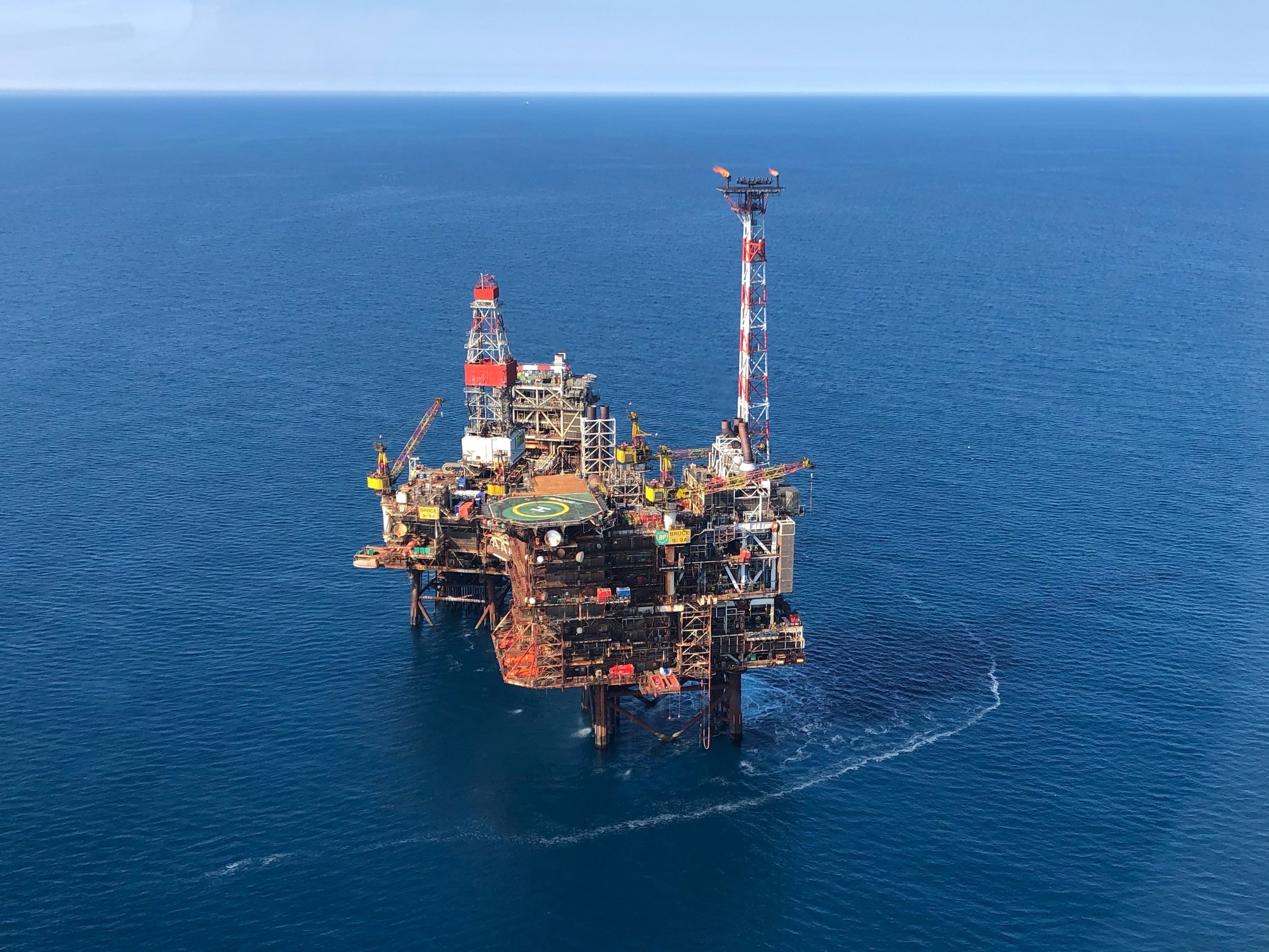
Oil rose in New York after Saudi Arabia was said to have curbed production, offsetting concerns that the growing trade dispute between the U.S. and China will hurt demand.
West Texas Intermediate futures added 0.5 percent in lower-than-normal trading volumes, after losing 7.6 percent over the past five weeks. China released a list of $60 billion in U.S. goods that will be targeted with tariffs in retaliation to America’s plan to impose duties on $200 billion in imports from the Asian nation. In the Middle East, Saudi Arabia is said to have cut output after signs that it couldn’t find buyers to justify pumping record levels.“The Saudis are sending clear signals on their desired price range,” said Mike Wittner, head of oil market research at Societe Generale SA. “When the concern was prices getting too low, they unexpectedly trimmed output.”
Oil suffered its steepest monthly decline in two years in July on concern that U.S.-China friction will slow global economic growth and reduce fuel demand. As President Donald Trump imposes sanctions on Iran’s crude exports, Saudi Arabia — the world’s biggest crude exporter — has signaled it’s ready to open the taps, but it’s unclear how much extra supply from the kingdom will be needed.
West Texas Intermediate crude for September delivery traded at $68.85 a barrel on the New York Mercantile Exchange, up 356 cents, at 10:31 a.m. in London. The contract slid 47 cents to $68.49 on Friday. Total volume traded was about 48 percent below the 100-day average.
Brent for October settlement traded at $73.56 a barrel on the London-based ICE Futures Europe exchange, up 35 cents. The contract declined 24 cents to $73.21 on Friday. The global benchmark crude traded at a $5.83 premium to WTI for the same month.
See also: Hedge Funds Unnerved by Trade War Cut Oil Bets to 2-Year Low
Saudi Arabia reduced oil production to about 10.3 million barrels a day in July, according to delegates in the Organization of Petroleum Exporting Countries. The kingdom told the group it had pumped 10.489 million barrels a day in June.
Rhetoric in the U.S.-China trade war ramped up again this weekend, with President Trump saying he has the upper hand, and Beijing responding through state media that it is ready to endure the economic fallout.
Oil-market news:
Rosneft PJSC, Russia’s largest oil producer, said it can deliver a modest production increase of about 80,000 barrels a day this quarter. In the North Sea, labor strikes resumed at the Alwyn/Dunbar and Elgin oil and gas fields operated by Total SA, a union official said. U.S. working oil rigs fell by two last week to 859, the second drop in three weeks, according to data from Baker Hughes. The Trump administration’s plan to relax fuel-economy and vehicle pollution standards could be a boon to U.S. oil producers who’ve quietly lobbied for the measure. Kosmos Energy has agreed to buy Deep Gulf Energy in a $1.2 billion deal which expands its deep-water oil assets in the Gulf of Mexico.
Recommended for you
